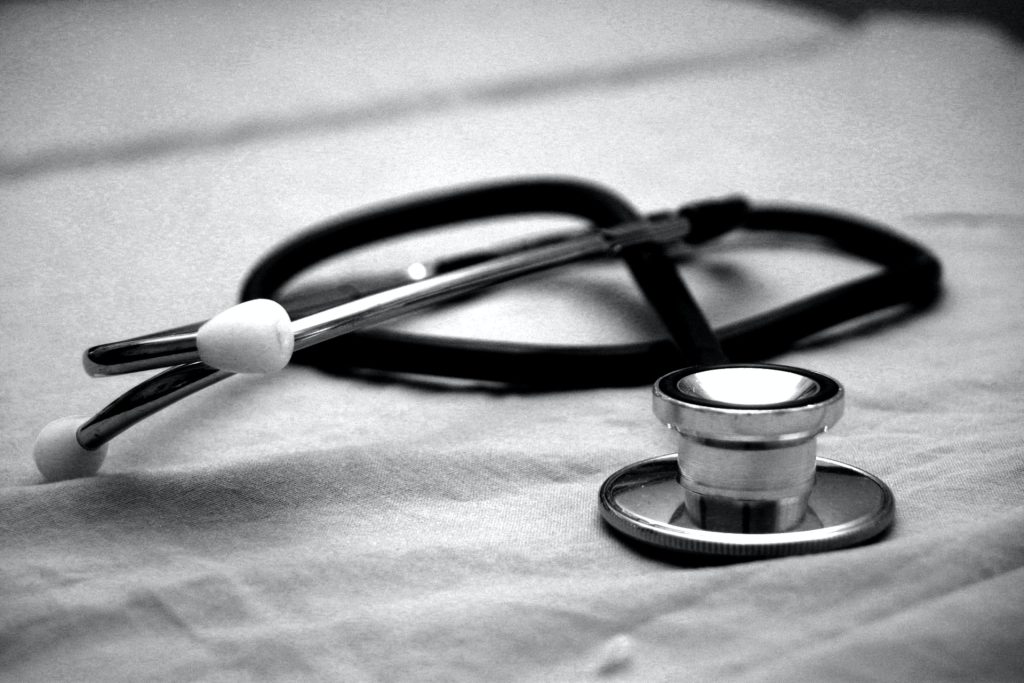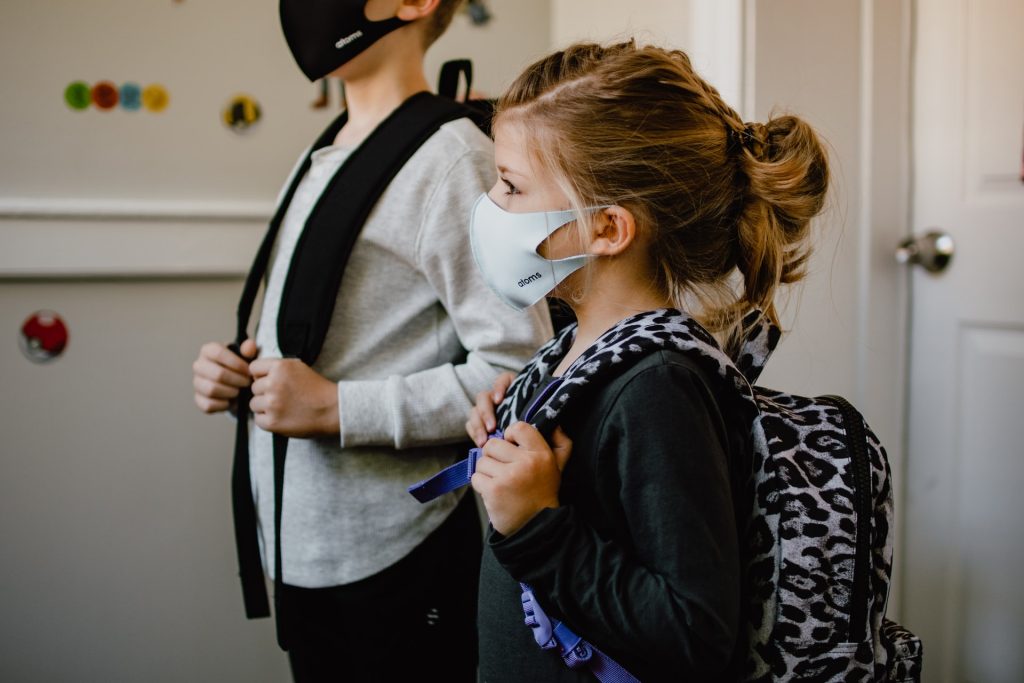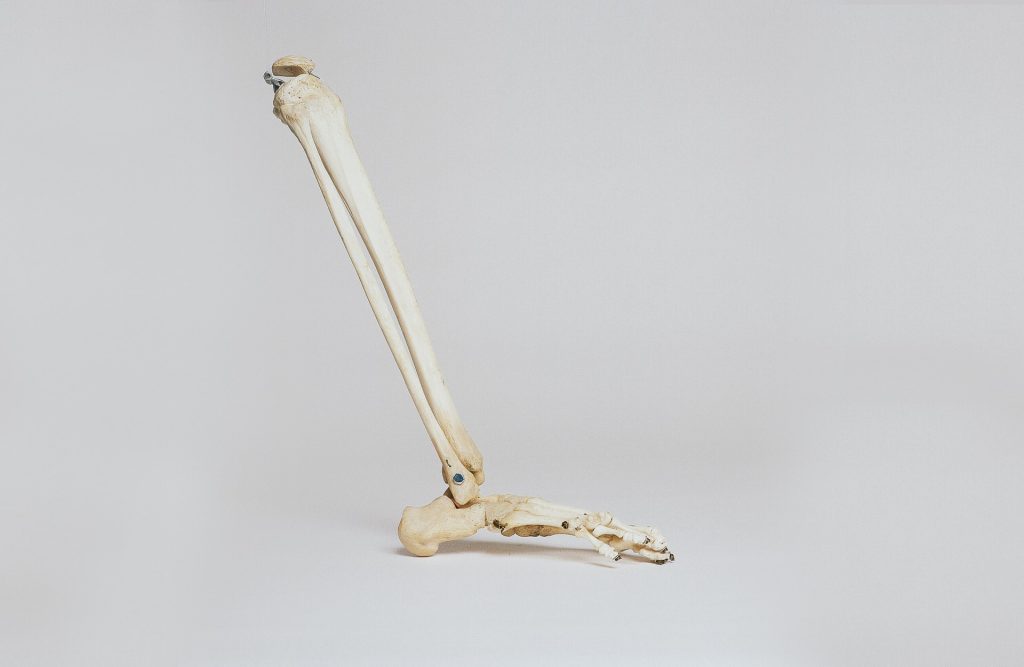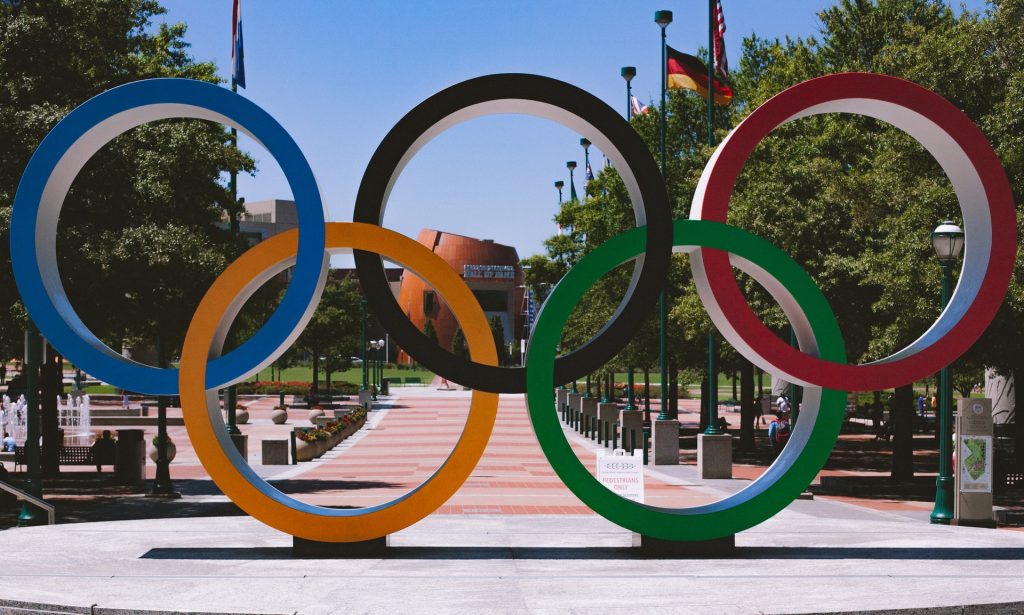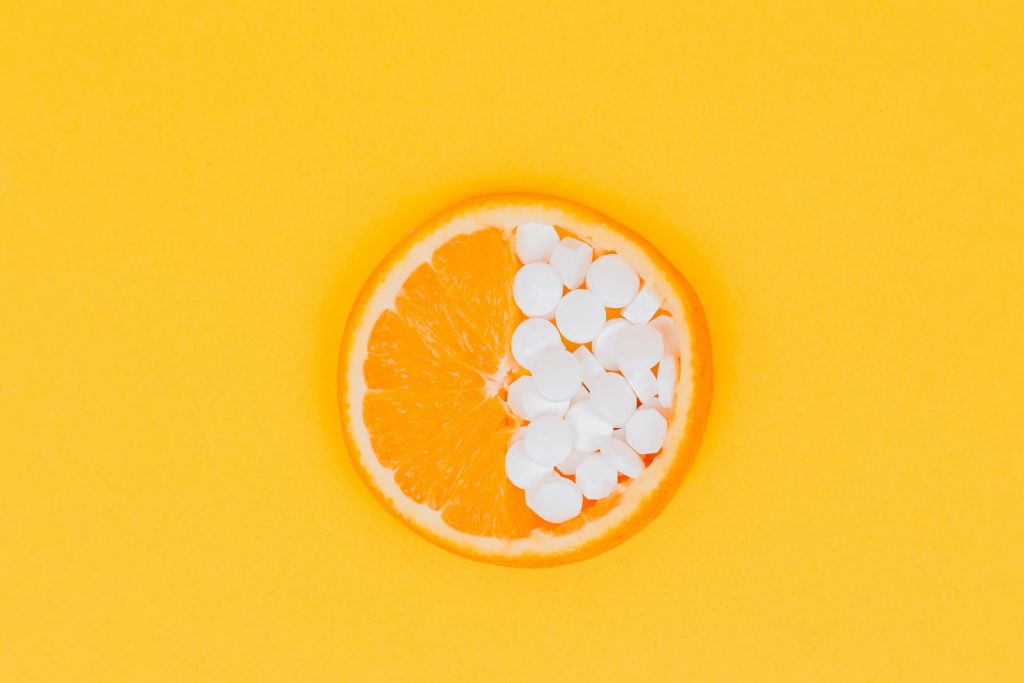A Report of Two Sequential Cases of Facial Palsy after COVID Vaccines
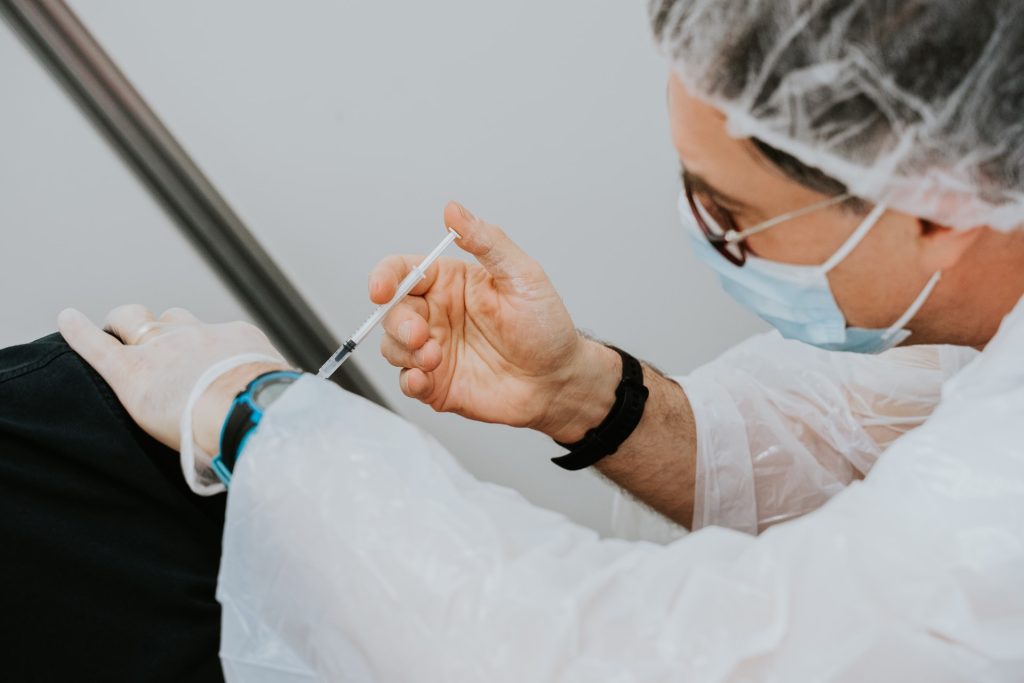
The case of a patient who experienced two facial palsies, both immediately after receiving the Pfizer-BioNTech vaccine, strongly suggests that they are linked to the vaccine, wrote in the journal BMJ Case Reports.
The case report of two separate unilateral facial nerve palsies, where muscles on one side of the face become weak or paralysed, occurring shortly after each dose of a COVID vaccine, is the first in medical literature.
“The occurrence of the episodes immediately after each vaccine dose strongly suggests that the Bell’s palsy was attributed to the Pfizer-BioNTech vaccine, although a causal relationship cannot be established,” the authors said.
Single episodes of unilateral facial nerve palsies were reported in the initial clinical trials of Pfizer-BioNTech, Moderna and Oxford/Astra Zeneca and there have been subsequent case reports.
In phase 3 trials, four cases of facial palsy of unknown cause (Bell’s palsy) were reported in volunteers who received the Pfizer-BioNTech mRNA vaccine and none in the placebo group, and three cases were reported in volunteers who received the Moderna mRNA vaccine compared with one in the placebo group. Three cases of facial nerve palsy were also reported in volunteers who received the Oxford/AstraZeneca vaccine, and there were three cases in the placebo group.
This case report describes a 61-year-old Caucasian male with no previous history of facial nerve palsy who experienced an episode of Bell’s palsy on the right side of his face five hours after receiving his first dose of the Pfizer-BioNTech vaccine, and a more severe episode of Bell’s palsy on the left side of his face two days after receiving the second dose. The patient had a high BMI, hypertension, hypercholesterolaemia and type 2 diabetes.
After the first episode, the patient went to the emergency department, with incomplete eye closure and no forehead movement and was diagnosed with Bell’s palsy. Blood tests and a CT head scan revealed no pathologies and he was discharged with a course of steroids, and the right-sided facial nerve palsy completely resolved.
Two days after his second shot, he developed a more severe left-sided facial nerve palsy. The symptoms included dribbling, difficulty swallowing and again, incomplete left eye closure. He went to the emergency department, where he was again prescribed a course of steroids. He was also referred to an emergency Ear Nose and Throat clinic, which continued the steroids and referred him to ophthalmology.
The authors reported that the patient is almost back to normal. “The patient has been advised to discuss future mRNA vaccines with the GP on a case-by-case basis, taking into account risk versus benefit of having each vaccine,” they said.
Bell’s palsy is believed to be related to facial nerve inflammation and oedema from viral infection. In 2004 the inactivated intranasal influenza vaccine was shown to significantly increase the risk of Bell’s palsy and was discontinued. Increased incidence of Bell’s palsy has also been seen following administration of other influenza and meningococcal vaccines. The annual incidence is 15 to 20 per 100 000 and the lifetime risk is 1 in 60, with an 8% to 12% recurrence rate.
While most cases of Bell’s palsy recover on their own over time, the symptoms can cause significant temporary disability, affecting facial expression and eating and drinking. Risk factors for the condition include diabetes, obesity, hypertension, pregnancy, pre-eclampsia and upper respiratory disease.
Source: EurekAlert!

